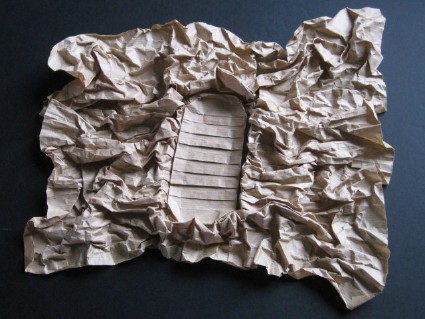
 | Welcome on MOOC-invitation |
|
| New! | An invitation to practice origami | map | Discovery of the world of folding paper Learning to fold |
| Back MOOC1 | Journey 2 | Sequence 4 | <--- page 9 | page 1 | page 2---> |
 |
Notion of difficulty of a folding |
| The first question that usually arises is: is it difficult to practice origami? The answer is not obvious because it involves several factors: - manual skill, difficult to appreciate, . the type of folds to make: valley or mountain folds, inversion of folds, depression or exit, reference points, all of which make the task more or less complex. - the number of folds, even if it is not a real indicator of the difficulty of folding. Folding 30 modules for a decorative ball is not difficult, but the process can seem daunting. One certainty: when you know how to do a folding, whatever its level of difficulty, it seems easy! The level of difficulty has nothing to do with the potential interest of a model, especially in terms of aesthetics: simple models can be very beautiful, complex models very ugly. The level of difficulty is simply a measure of the knowledge and practice to have to reach the end of a fold. There are often 5 levels of difficulty, often noted by one or more stars: * simple: necessary knowledge of the terminology of paper folding and the first elements of solfège of the binder. A little practice does not hurt: knowing how to fold by heart the preliminary base and the base of the water bomb is a minimum. ** easy: the knowledge of new bases such as the bird base or the blintz base offers new fields of folding. Familiarity with reverse folds, squashed folds, open sinks is also required. A real step is taken when you are comfortable at this level. *** Intermediate: mastery of technical gestures such as the double rabbit ear, closed sinks, stretching, color changes is required. This mastery can be acquired only through regular practice, applied to various models of different authors. **** difficult: this level requires a great mastery of all the technical gestures, the ability to understand what the creator is looking for beyond the fold itself and perseverance (not patience: it is not do not wait without doing anything ...). This category often includes folds that require the simultaneous management of several folds which are linked temporarily until they are set up in one movement (collapse). ***** complex: the top of the basket, of course, combining all the previous ingredients with, in addition to technical difficulties, innovative gestures, often to achieve without real grip or in hard to reach places. One last note: if you are a beginner, do not rush on models for children. They are not intended to learn the art of folding paper, but rather to integrate into a set of playful practices developing a set of qualities useful for the child (coloring, stickers, cutouts ...), but not necessarily for the folding of paper. |
5 photo(s)
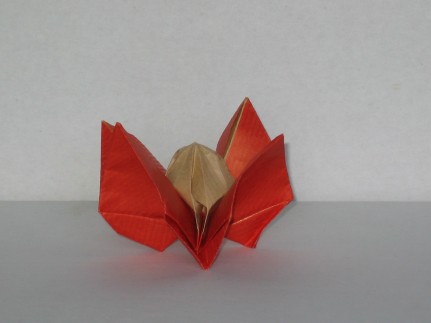 simple level
Lionel Albertino
simple level
Lionel Albertino
| 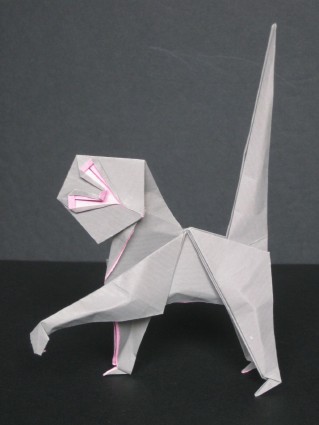 easy level
Alain Georgeot
easy level
Alain Georgeot
|  intermediate level
Adolfo Cerceda
intermediate level
Adolfo Cerceda
|
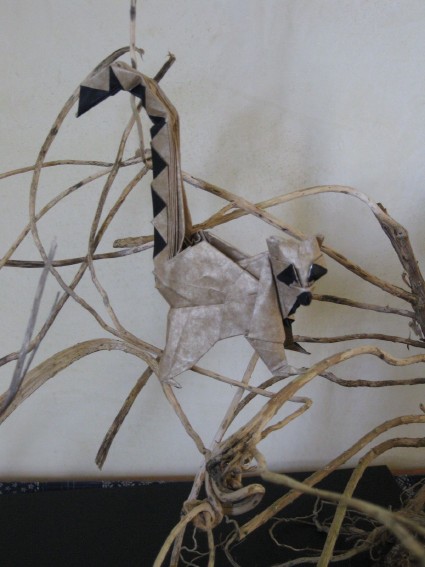 difficult level
Roman Diaz
difficult level
Roman Diaz
| 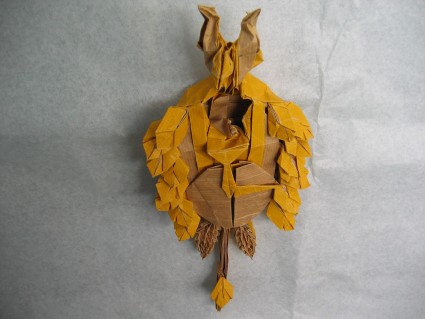 complex level
Robert J. Lang
complex level
Robert J. Lang
|